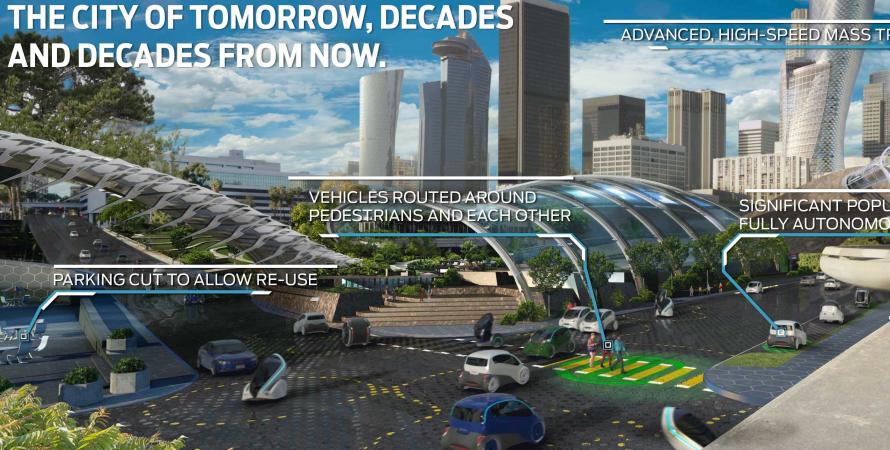-

Reclaiming waterfront as an economic growth strategy
Design is a tool to strengthen community connections, extend the value of the waterfront inland, and to improve sustainability and resilience.One of the most rewarding aspects of New Urbanism is being able to help a community solve a problem or overcome a perceived obstacle to growth by looking at a situation with fresh eyes. Sometimes we find a solution that has been “hiding in plain sight,” to quote the old adage, and for waterfront...Read more -

Citizens caring for public spaces
The “Angels of Beauty” are a model for how citizens can protect and nurture the public realm.We have lived in Italy for almost three years as legal residents. But until now I had not heard of a type of organization that exists in some Italian cities. Its goes by the name of “Angeli del Bello.” What a marvelous and uniquely Italian term! It means, literally, Angels of Beauty. These groups...Read more -

Ten rules for cities about automated vehicles
Traditional urbanism evolved over millennia to meet human needs. The adoption of AVs should not be allowed to replace time-tested places with something that would probably make our lives worse.Note: CNU is exploring autonomous vehicles at a public charrette in Buffalo, NY. This article was first published in October of 2017 and surprisingly little has changed. 1) Be afraid One of my favorite books of all time is Technopoly, The Surrender of Culture to Technology, by Neil Postman. In it...Read more -

Best practices for ending exclusive single-family zoning
Your city or state just allowed—or is considering allowing—multiple units on every lot. Here are six tips for successful implementation of the Missing Middle.Last year was a groundbreaking one for housing policy and legislation to enable Missing Middle Housing across cities and states. Minneapolis adopted a policy to allow up to three units on any lot, even those zoned for single-family. Oregon passed HB 2001, effectively eliminating exclusive single-...Read more